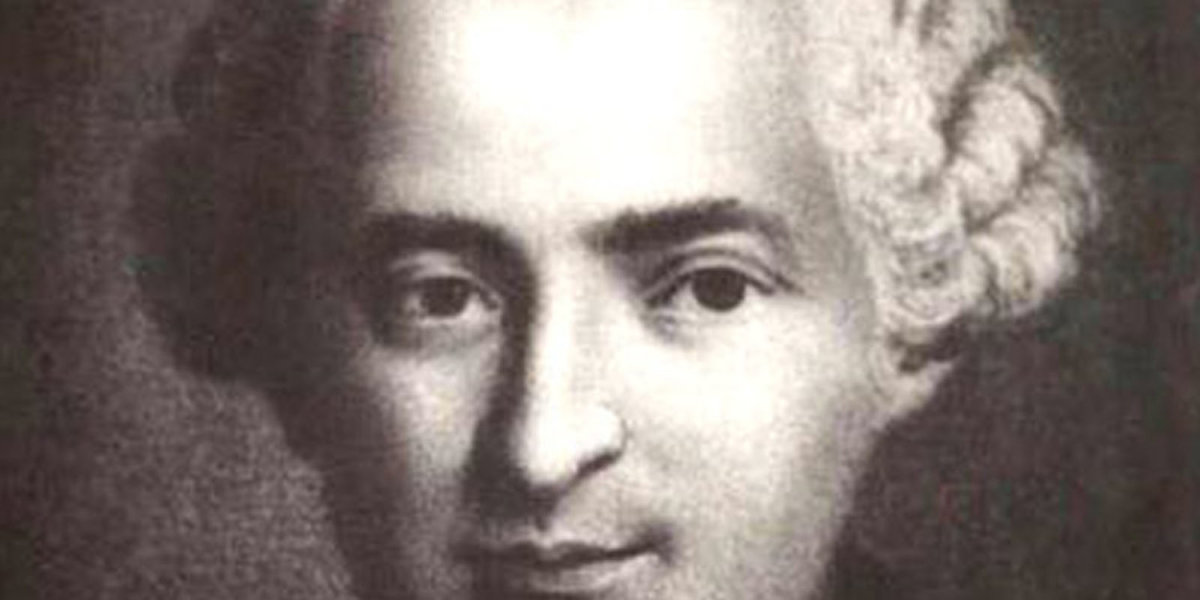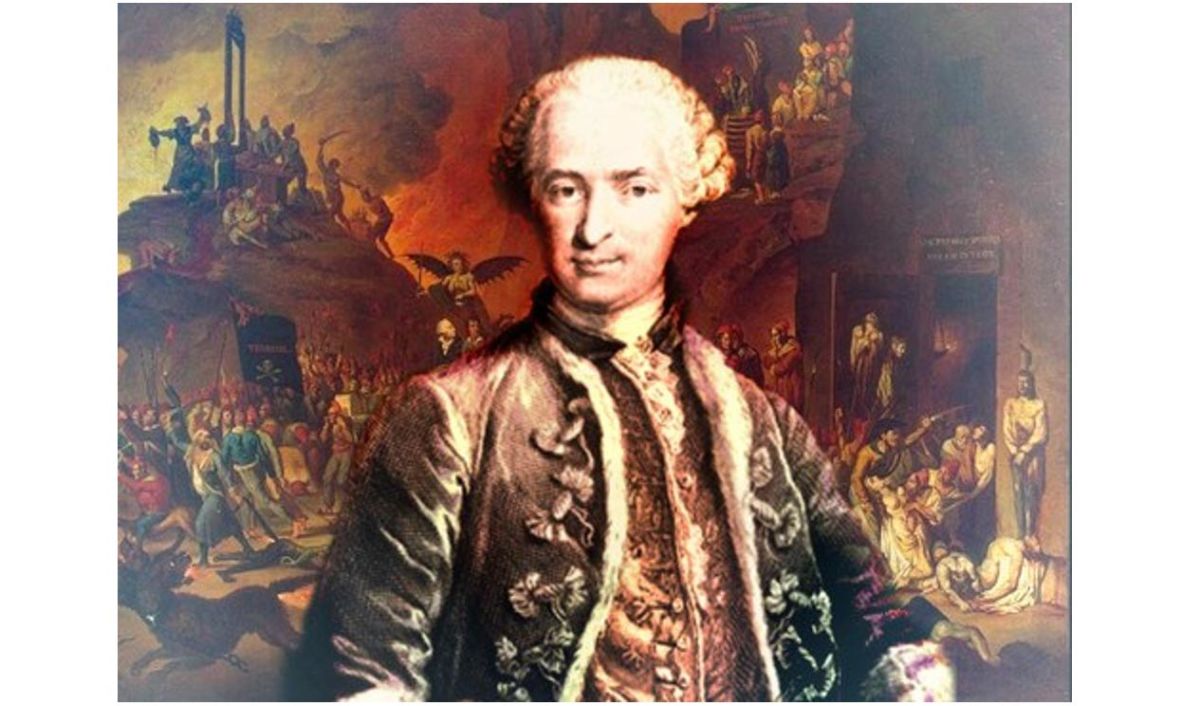Count of St. Germain: The Man That Never Dies
Updated on September 19, 2018

Nobody knew where the Count of Saint Germain came from, or when he was born. In fact, only scant clues elaborate upon the nature and identity of this so-called count. Still, he made a lasting impression on those he met. And, for someone dubbed to be “immortal”, the list of individuals impressed by him was potentially long.
European elites of the 1700s dubbed him the “The man that never dies”. To them, this was a man with immense talents and intelligence. His opinions on aging were sought by many, as was his talents in alchemy. Yet, the most important thing that many elites on the continent sought was the anti-aging elixir he touted…and demonstrated for all to see.
By all accounts, he was a celebrity of his time; however, beyond his numerous claims, nobody really knew him. Was he immortal? A magician? A con? Did he come from a legendary place as some bloggers and theorists claim? Whatever the truth may be, the Count of St. Germain (also referred as Count St. Germain or Comte de Saint Germain ) had many believing he was immortal, even if his claims defied logic.
“A Man Who Knows Everything…”
In truth, the slogan associated with St. Germain was only part of a larger one. The famous French writer and philosopher, Voltaire, coined the term in its entirety. This was the entire slogan dedicated to St. Germain:
“A man knows everything and who never dies.”
There was no indication that Voltaire seriously believed this. Voltaire was known for his satirical writing and possibly mocked rather than honored him. And, for all intensive purpose, there was plenty in St. Germain’s mysterious and sudden appearance in European high society to fuel speculation on Voltaire’s intent.
A Man of Many Talents Emerges…From Nowhere?
Even a man dubbed as “the man that never dies” has a beginning. Speculation was that the man known as St. Germain was born in 1710. Exactly where he was born is an educated guess, at best. Even his identity as a “count” of a royal court is sketchy. Many scholars who have studied the man believed that he may have come from the Kingdom of Transylvania. Others claimed Spain as his origin.
Some, in the most outlandish theory to date, believed the year 1710 was merely the first time he appeared in Europe and that he was much older (as in he was the last known survivor from Atlantis). However – as of this writing -- no verification of his birth date exist.
Still, 1710 is not the most important year in the legend of St. Germain. That distinction goes to the year 1743 -- the first documented evidence of the immortal count’s existence. That year he emerged in London. Two years later, records of another public appearance emerged in Edinburgh, Scotland (Crystal Link.com).
He showed off his talents such as the mastery of playing the violin.
The documentation, however, had little to do with his supposed talents. The records indicated accusations and arrests for being a spy. From scant evidences available, one can surmise that the accusation stemmed from him being a foreigner and possibly being spotted in suspicious places. But, this is pure conjecture with little or no evidence to back it up.
The records also revealed how he got out of these allegations. He showed off his talents such as the mastery of playing the violin. There was no evidence suggesting that his musicianship alone spared him from jail time and/or trial. Still, he left the British Isles upon release and wasn’t heard from for more than a decade.
St. Germain Goes to France
St. Germain’s whereabouts was unknown since his departure from jail (thus, illustrating his talent to vanish without a trace). That would change in 1758 when he reemerged in France. No definitive reason was given for his sudden presence in the country. Still, he quickly attracted the royal family with his many talents. As a result, he became a regular in the Palace of Versailles.
His time in France made him a celebrity. And possibly, the way he did this was by claiming he had a magic potion and was willing to give the recipe to the royal family. In process, he showed off his many talents, which included:
- Prodigious musical abilities in various instruments.
- Jewelry making skills (diamond polishing and gem cutting)
- Fluency in several languages.
- Mastery in the ancient art of alchemy.
Many accounts claimed he had a way with the women, too. This was particularly noticed when he became a regular in Versailles. One account claimed that his sexual reputation was so immense, that Casanova – the man dubbed the world’s greatest lover – seethed with jealously upon hearing St. Germain’s name uttered in his presence.

The Magic Elixir
Of the entire boast made – and believed – one stood out. Many elites within French and European society noticed his appearance. Seemingly, he remained unchanged by age. The royals and elites of Europe described St. Germain as “looking like 40 [years-old], but possibly being over a 100 (In Search Of with Leonard Nimoy, 1978).
The count did little to dissuade people from thinking this. In fact, he used it to his own good. It was reported that he kept a vial of liquid. Many who knew the count (or what the count wanted them to know about him) believed the liquid was an elixir that kept him alive and ageless.
Once again, poor record keeping and the public’s gullibility may have played into St. Germain’s hand. It was never fully determined how people of the time determined he was actually 100 years or more.
St. Germain Gets in Trouble, Again
His stay in the French royal court was possibly his finest years. He became wealthy and had the undying support of King Louis XV and his mistress, Madame Madame de Pompadour.
However, the good times for the Count was short-lived. In 1760, the Duke of Choiseul, the minister of the state, accused St. Germain of being a spy. Obviously, the Duke was no fan of the Count and was determined to bring him to justice. But, King Louis XV gave him protection from the accusation. Still, the Duke was insistent and convinced the king to allow him to arrest St. Germain.
But, the persistent Duke wouldn’t get his man. As mentioned, St. Germain –a man of many talents – had an important and innate one; it was his ability to vanish.
St. Germain Moves on To Another Kingdom
Years went by. Count St. Germain hopped around various countries, showing off his talents and getting the same enthusiastic treatment from the highest officials in the countries.
Eventually, he started garnering the attention of occultists of the time. Rumors also abound that he became a leading figure in several occult movements of the time. Again, this was something he never denied or confirmed.
The prince offered him a house where he could study herbal remedies, chemistry and alchemy.
In 1776 St. Germain reportedly resurfaced in Germany under an assumed name. He called himself Count Welldone. He befriend the elites such as King Frederick and Prince Karl of Hess-Kassel, governor of Schleswig-Holstein.
His friendship with Prince Karl proved to be pivotal. The prince offered him a house where he could study herbal remedies, chemistry and alchemy.
A "Death Bed" Confession
The year 1784 was a fateful one. Something unexpected happened to the man that was believed to be immortal. Pneumonia had bested him. Bed-ridden in his home and with Prince Karl present, he made a confession.
St. Germain stated that his real name was Francis Rakoczy II, a deposed Prince of Transylvania who spent much of his early years at Siena University – considered the best education anyone could have, at the time. He claimed he graduated in several subjects, which accounted for his vast knowledge.
Soon after this confession, St. Germain (or Francis Rakoczy) succumb to his illness. Or so it was believed.

The Legend Lives On
Death, it appeared, wasn’t the end of the legend of St. Germain. In the years to come, rumors and spurious reports of his whereabouts would persist well into the 1800s. In addition, he began to “attract” the likes of 19th century Madame Blavatsky and 20th century’s C.W. Leadbeater, two well-known theosophists who claimed that St. Germain communicated with them.
In the 20th century, St. Germain became a prophet of sorts – or referred to as an ascended angel. According to Elizabeth Hare Prophet, leader of the Church Universal Triumphant in Pasadena, California, the Count was an immortal angel sent to warn the world of bad omens. Prophet went further by making him the cornerstone of her teachings, elevating him to god-like status.
Prophet heaped more praise on him. She mentioned that he:
- Came from Atlantis
- Was the real identity of Christopher Columbus
- Advised George Washington during the Revolutionary War.
She went on to state that St. Germain’s purpose on Earth was to warn leaders of future catastrophes. How does she know this? She claimed he had been in constant contact with her.
So Who Was St. Germain?
When it comes to St. Germain, irony cannot be ignored. The one claim that has the most validation came from a man who was not known for being honest about his past and stature.
One can surmise that St. Germain came from a royal family and was highly educated. However, one can ascertain that he was a successful con artist that managed to fool Europe’s most elite families.
As impossible as it sounds, St. Germain did find an elixir for eternal life. It was the myth that surrounded him that kept his spirit and name alive for all these years.

No comments:
Post a Comment